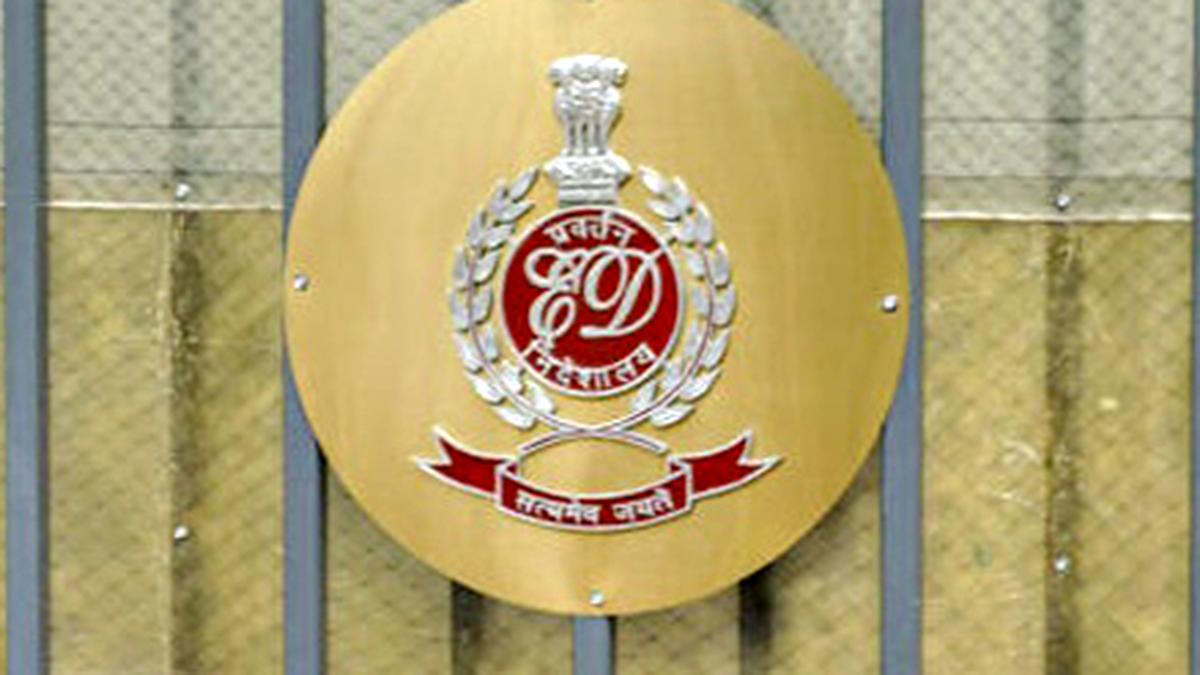India has recorded seven per cent more rainfall than normal since the onset of the monsoon on June 1, but the seasonal showers have been unevenly distributed across states, according to India Meteorological Department (IMD) data.
The country received 447.8 mm of rain against a normal of 418.9 mm during this period, with large variations between regions.
Rajasthan, Ladakh, Nagaland, Manipur and Sikkim have recorded "large excess" rainfall, the IMD data showed.
Rajasthan recorded 384.7 mm of rain against the normal 200.4 mm, a surplus of 92%.
Similarly, Ladakh, which normally gets little rain, saw 30 mm against 10.7 mm, 181% above normal.
Nagaland and Manipur received 514.5 mm and 457.9 mm, close to normal, while Sikkim recorded 598.4 mm, 78% higher than usual.
States and Union territories that received "excess" rainfall (20 to 59% more than normal) include Madhya Pradesh, Gujarat, Dadra and Nagar Haveli and Daman & Diu, Jharkhand and Assam.
Madhya Pradesh recorded 645.8 mm against 418.4 mm, 54% above normal.
Gujarat received 463.2 mm, 35% more, while the UT of Dadra and Nagar Haveli and Daman & Diu saw 1466.1 mm compared to 1153.8 mm, an increase of 27%.
Most states, including Uttar Pradesh, Uttarakhand, Himachal Pradesh, Punjab, Delhi, Haryana, Maharashtra, Karnataka, Kerala, Tamil Nadu, Odisha, Goa, Tripura, Mizoram, West Bengal, Jammu and Kashmir, Chhattisgarh, Puducherry and Andaman and Nicobar Islands, have received "normal" rainfall, with figures within 19% of the average.
Deficient rainfall (20 to 59% less than normal) has been reported in Arunachal Pradesh, Assam, Bihar, Delhi, Maharashtra, and Lakshadweep.
Arunachal Pradesh recorded 521.8 mm against 942.2 mm, a 455 shortfall, while Bihar received 272 mm, 43% less than the normal 474.2 mm.
In May, the IMD had forecast that India is likely to receive 106% of the long-period average rainfall of 87 cm during the June-September monsoon season. Rainfall between 96 and 104% of this 50-year average is considered 'normal'.
Above-normal rainfall is expected in most parts of the country, except Ladakh, adjoining areas of Himachal Pradesh, the Northeast and some parts of Bihar, Jharkhand, West Bengal and Odisha.
Some isolated areas in Punjab, Haryana, Kerala and Tamil Nadu may record below-normal rainfall, the IMD had said.
The monsoon is crucial for India's agriculture sector, which supports the livelihood of around 42% of the population and contributes 18.2% to the GDP.
It also plays a key role in replenishing reservoirs essential for drinking water and power generation.



.png)
.png)
.png)
















 6 hours ago
3
6 hours ago
3








 English (US) ·
English (US) ·